Watch for two of my images that will appear in the October 2010 issue of Backpacker Magazine. The following two photos will appear in an article about the Ray Lakes loop trail in King’s Canyon National Park.
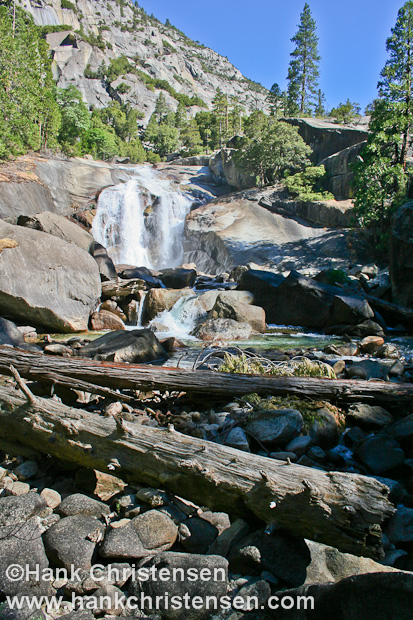
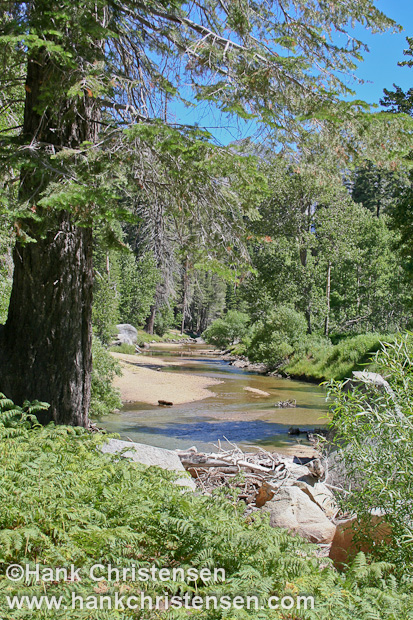
Watch for two of my images that will appear in the October 2010 issue of Backpacker Magazine. The following two photos will appear in an article about the Ray Lakes loop trail in King’s Canyon National Park.


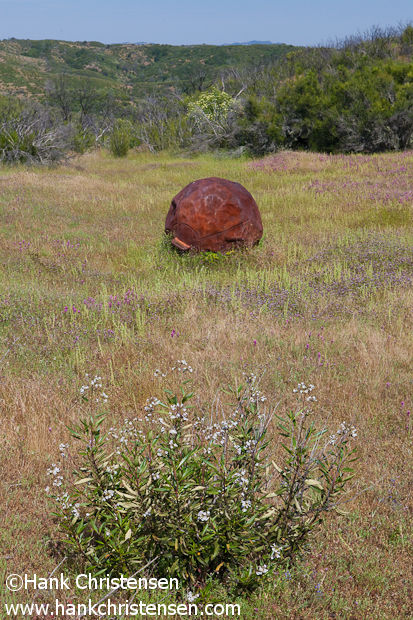
If you are a hiker or mountain biker in Henry Coe State Park, you might have come across what looks like a wrecking ball sitting in a field just off the trail. It is situated just south of Mississippi Lake about ten miles from park headquarters, and seems very out of place here. Just what was this thing, and what was it doing here in the middle of this field? Web research did little to answer my questions, but I was treated to many photos of intrepid hikers posed in front of it, none of whom had a clue to its purpose. I finally found my answer in the 2007 late spring issue of The Ponderosa, a newsletter for the park:
The “wrecking ball” … is actually a buoy used by the United States during World War II. The buoys were manufactured for the War Department in Clearfield, Utah, and were made out of 3/8″, preformed steel plates. They were used to hold up anti·submarine nets at the entrance to U.S. harbors during the war.
At the end of the war, at least 1,500 of these buoys remained unused, and they were purchased by the owner of a junk yard near Turlock, California, for $5 each. This junk dealer turned a handsome profit, selling them to farmers for $300 each. The buoys held 440 gallons of water, and farmers used them to store water.
Frank Coit, who was from the San Joaquin valley, seems to have purchased at least one of these buoys to clear out brush. Steel plates could be welded onto the buoy, a cable attached to the plate, and, filled with water, the buoy could be dragged by a tractor or bulldozer to clear brush.
It would have been quite a sight to see that beast in action, but from the looks of it, the buoy has been sitting there for a very long time.
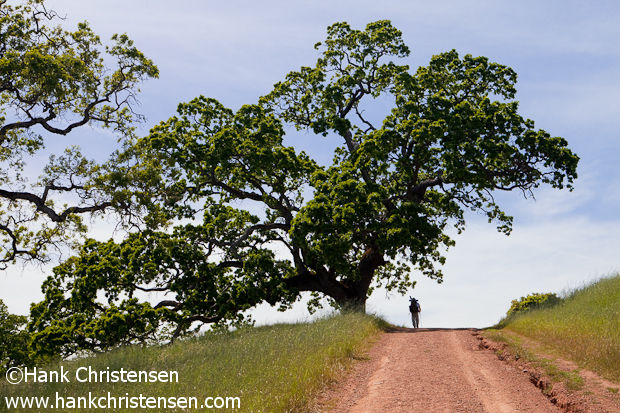
I recently went on a weekend backpacking trip with my friend Steve. We had wanted to get up into the Sierra, but because of the VERY late snow melt, we had to do something at low elevation. Being quite large and close to the bay area, Henry Coe State Park was a good fit. This park features miles of back country, huge oak trees, and fire roads steeper than I though were possible to build.
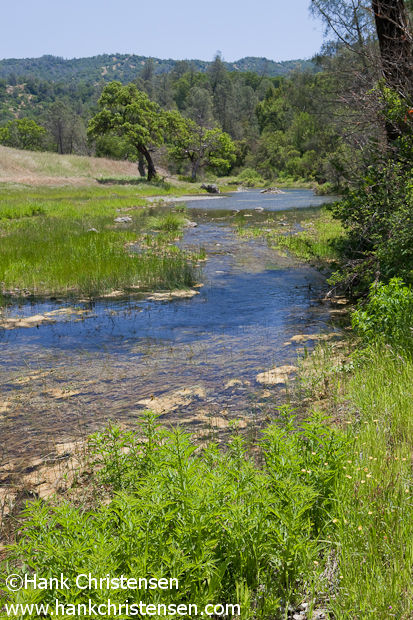
We overnighted at Mississippi Lake, about 11 miles from park head quarters. Our trail out to the lake featured many climbs and descents (no trail is flat in the park), and a slog through a creek canyon. We soon gave up trying to stay dry – it was much easier to wade through the creek, as the trail crossed it at least 10 times. Once we got to the lake, we were happily surprised to see not only a bathroom, but a garbage can, picnic table, and even a pergola built over the table. It may not sound like a lot, but given we were backpacking and expecting nothing, this felt like living in luxury. We had the entire northern end of the lake to ourselves.
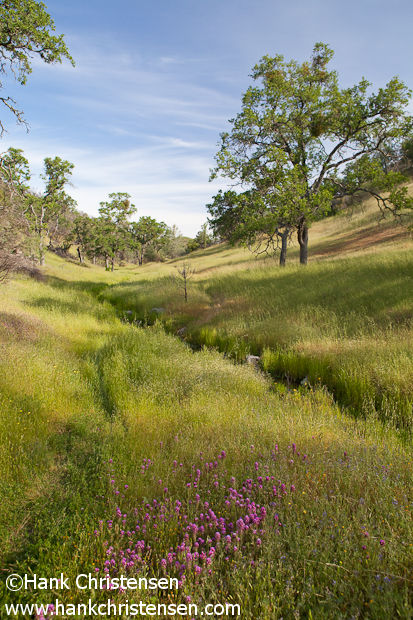
The wild flowers were coming to their end, but given the amount of rain we’ve had this winter, the grass was very green, and very overgrown. On the second day, the trail out of the lake lead through a seldom-used canyon filled with oak trees. In places, the trail was hard to find due to the spring growth and lack of use.
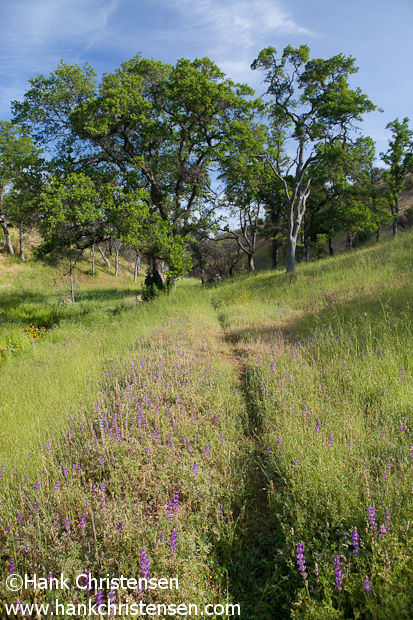
After the canyon, we climbed to a ridge and followed it in true Henry Coe ups and downs. Finally we dropped down to a creek which flowed into the canyon we came up on the first day. This time we counted over 25 creek crossings. Once again, we ignored the trail in places and waded down the center of the creek (which in its high flow had completely consumed the trail). Overall we hiked over 10 miles in wet boots that day.
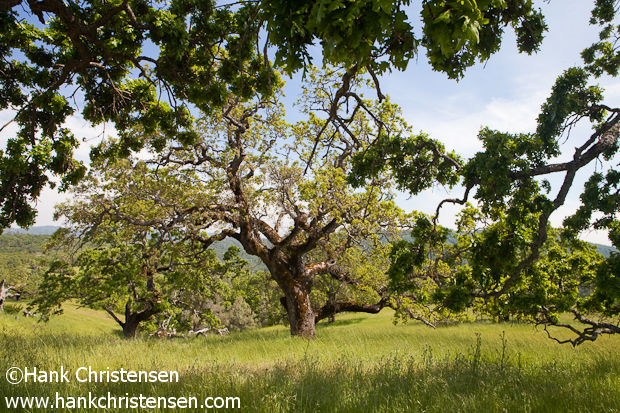
Wildlife was abundant in the park. We saw 2 rattle snakes (one of them was huge and gave us a little shake of its rattle), a turtle, several wild turkey, a female wood duck with chicks, many deer, very loud killdeer, and quite a few red-winged blackbirds.
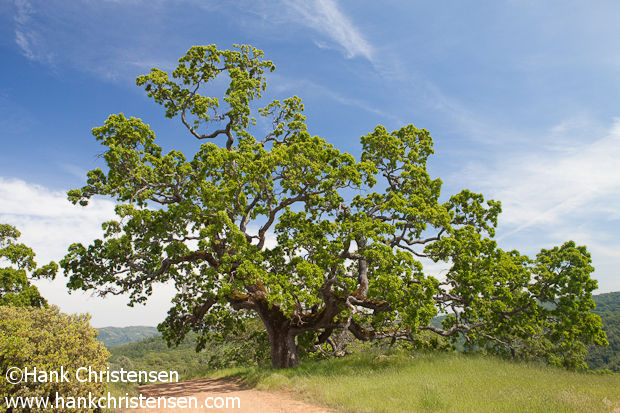
Over the two day trip we hiked about 26 miles. The weather wasn’t too hot, and green still dominated the park. It was a great warm-up trip as we anxiously anticipate the High Sierra opening up.